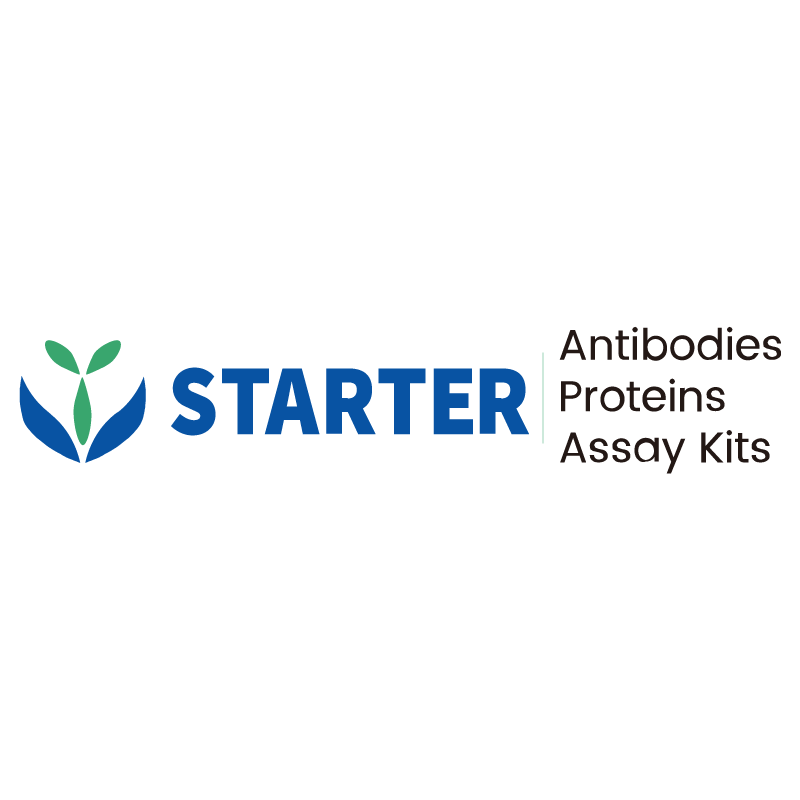Flow cytometric analysis of Human CD16a expression on Human PBMC (human peripheral blood mononuclear cells). Human PBMC were stained with Brilliant Violet 421™ Mouse Anti-Human CD19 antibody and either Biotin Mouse IgG1, κ Isotype Control (Left panel) or SDT Biotin Mouse Anti- Human CD16a antibody (Right panel) at 1.25 μl/test followed by Sav-PE. Total viable cells, as determined by Fixable Viability Dye 515 (S0D0013), were used for analysis. Flow cytometry and data analysis were performed using BD FACSymphony™ A1 and FlowJo™ software.
Product Details
Product Details
Product Specification
| Host | Mouse |
| Antigen | CD1c |
| Synonyms | T-cell surface glycoprotein CD1c; CD1C |
| Location | Lysosome, Cell membrane |
| Accession | P29017 |
| Clone Number | S-2841 |
| Antibody Type | Mouse mAb |
| Isotype | IgG1,k |
| Application | FCM |
| Reactivity | Hu |
| Purification | Protein G |
| Concentration | 0.2 mg/ml |
| Conjugation | Biotin |
| Physical Appearance | Liquid |
| Storage Buffer | PBS pH7.4, 0.03% Proclin 300 |
| Stability & Storage | 12 months from date of receipt / reconstitution, 2 to 8 °C as supplied |
Dilution
| application | dilution | species |
| FCM | 1.25μl per million cells in 100μl volume | Hu |
Background
CD1c is a lipid-presenting, MHC class I-like glycoprotein expressed on dendritic cells and B cells that binds both self and foreign lipids/glycolipids within its deep hydrophobic groove and shuttles them through endosomal compartments to display them to αβ and γδ T cells, thereby bridging innate and adaptive immunity; uniquely, its open F′ pocket can accommodate both lipid tails and peptide moieties of lipopeptides, enabling recognition of mycobacterial antigens such as mannosyl-β1-phosphomycoketide and driving potent IFN-γ responses essential for controlling intracellular pathogens like Mycobacterium tuberculosis.
Picture
Picture
FC


